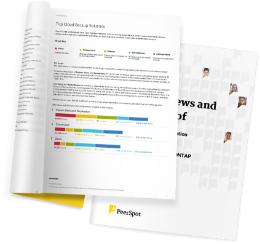When I have too many elements or items in a project, it becomes cumbersome, especially during printing. Non-technical users do not need all the data, so it's primarily for technical personnel. Without guidance, it's challenging to use the app. With guidance and expert knowledge, it becomes manageable, however, it's not for non-technical teams. The worst part is handling too many items, like 1,000 items, which Microsoft Project struggles with, especially when printing. Printing on A3 size is quite burdensome, so I prefer viewing it on a tablet or computer. On a tablet or phone, I can see the full project elements depending on the screen size.





